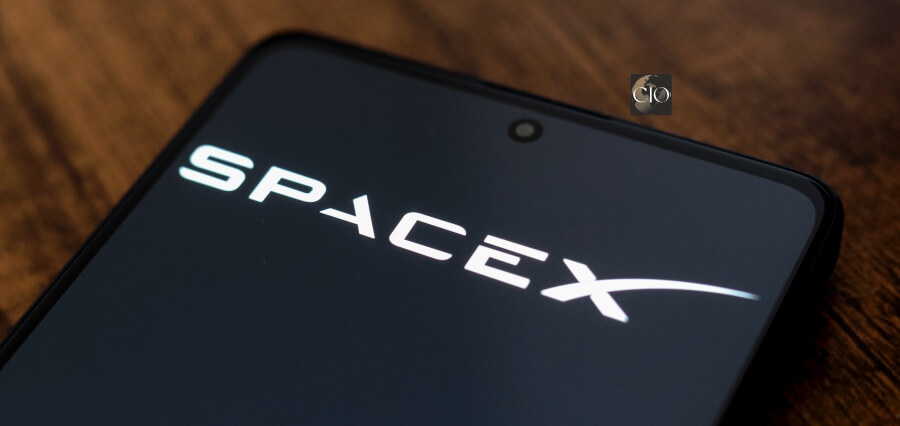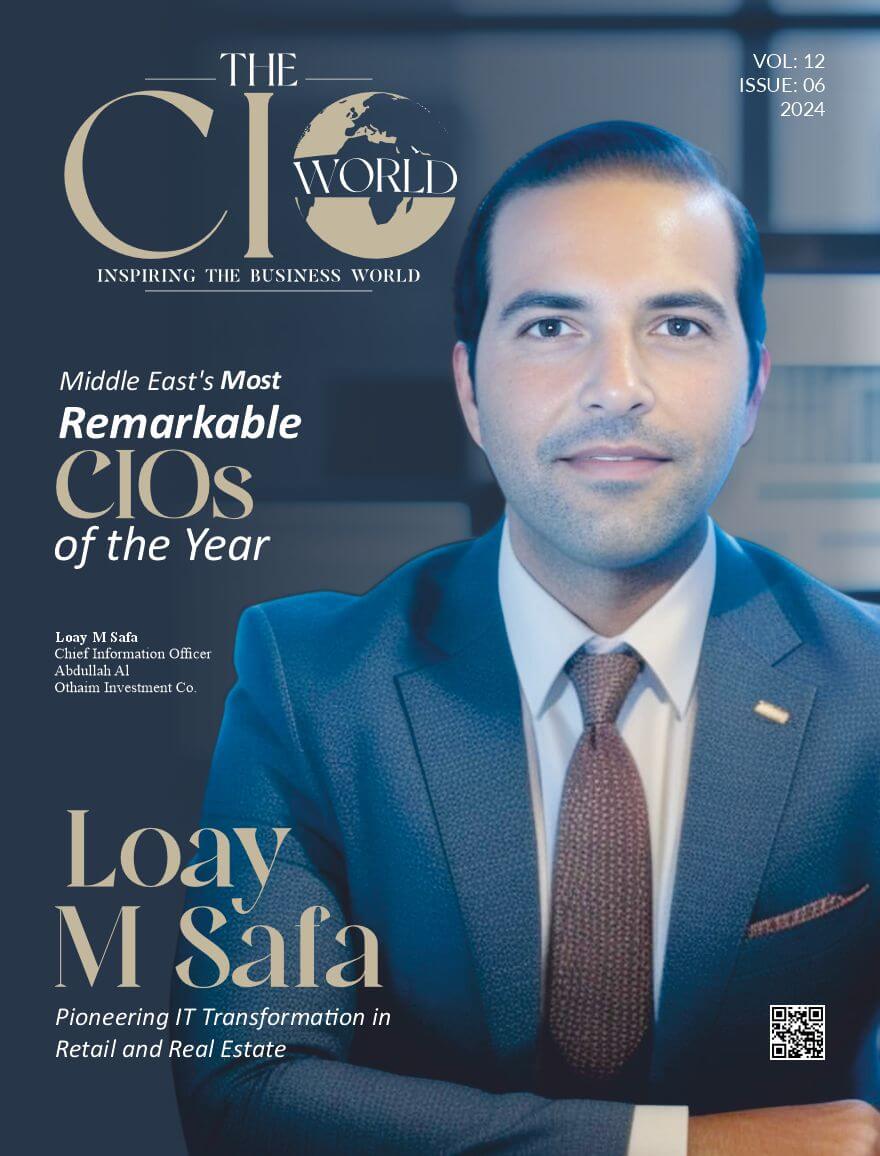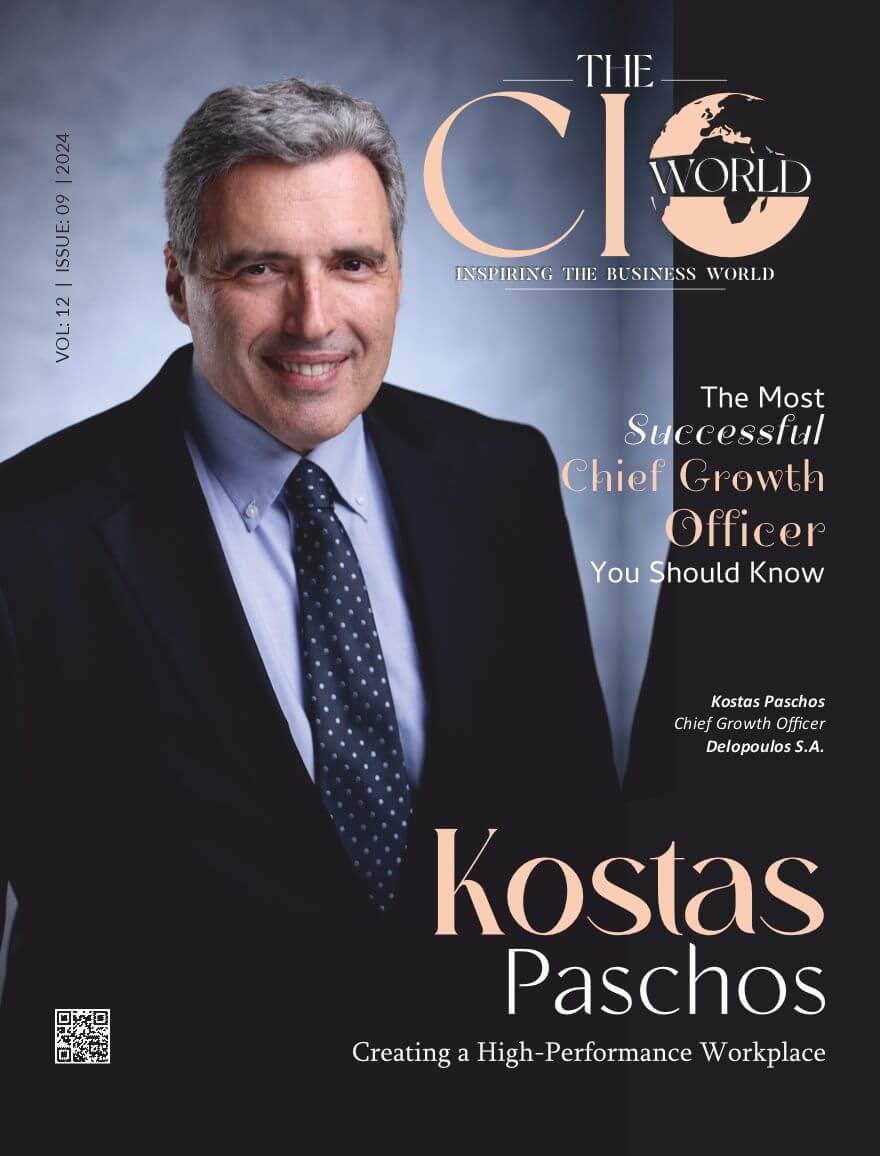On Sunday, SpaceX launched its fifth test flight of its Starship rocket from its Starbase facility near Brownsville, Texas, apparently taking a giant leap forward in its quest to develop a fully reusable rocket system. According to reports, it launched at 8:25 a.m. ET, and the 20-story Super Heavy booster amazingly made it back to great landing on the company’s launch tower — all within some 6 minutes and 57 seconds after launch.
What we just saw, that looked like magic. At least, that was communications manager Dan Huot’s description of the excitement and emotions felt by the team at SpaceX, in their webcast. That incident is being hailed as a watershed achievement within an ambitious mission-SpaceX is pursuing to make its launch systems much more reusable.
With the booster having separated, Starship flew directly into space, crossing half of the globe before it plunged back into Earth’s atmosphere for a planned splashdown in the Indian Ocean. The flight test was unmanned; SpaceX plans to fly hundreds of missions before crewed flights will happen.
The Starship system has had four test flights so far, and there were important launches conducted last year in April and November, besides tests held in March and June. Every consecutive flight has aided in fine-tuning and meeting the necessary key milestones in the development of the rocket.
SpaceX claims a learning approach, ‘continuously refining lessons learned’ from previous flights. The Starship system is set up for full reusability-to constitute a new mode of transport for both cargo and people beyond Earth-and plays a significant part in NASA’s Artemis program, under which SpaceX has been awarded a multibillion-dollar contract for crewed lunar lander service.
The FAA granted SpaceX the approval to launch this fifth test flight earlier than anticipated. However, the rash schedule came as a response to strong criticisms from SpaceX and CEO Elon Musk about the needlessly lengthy wait times due to “redundant environmental studies.” Although the FAA and subsidiaries were able to accept the assessments much sooner than expected, SpaceX was still fined for violations at its Texas facility related to environmental policies.
Capturing the Super Heavy booster was a milestone past all the test flights that have been undertaken so far. Thousands of criteria in terms of safety had to be met, and such an operation required careful planning and execution. Much of the ground infrastructure has been developed by SpaceX through considerable resource investment for such operations to be conducted.
This rocket stands 397 feet tall with 33 Raptor engines- it’s the tallest and most powerful ever launched. The thrust generated from the Starship is a total of 16.7 million pounds, which is much more powerful than the rocket designed by NASA for its Space Launch System. The basic objective of the Starship is not only to revolutionize space travel but also eventually create a pathway for future lunar missions and hence deepen its important role in the exploration of space.







